What is interesting about the Rosara potato variety?
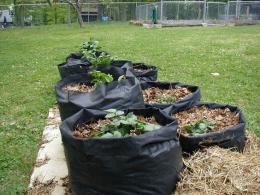
Our country traditionally grows a lot of potatoes. Many families plant it not only in their dachas, but also in the field, on land allocated by the company. Usually seed potatoes They don’t buy, but plant tubers that were left uneaten from the last harvest. You can’t do this all the time, because the potatoes begin to degenerate and become smaller. When choosing new varieties, I would advise you to pay attention to the Rosara potato variety. It is captivating because it is pink in color, similar to the potatoes that were grown when we were little, and there were no yellow potatoes yet.
Content:
Description
But of course, color is not the main advantage of this potato. It belongs to the early ripening varieties. The tubers will be ready for consumption within 65-70 days after the shoots appear. The Rosara potato variety was bred by German breeders.
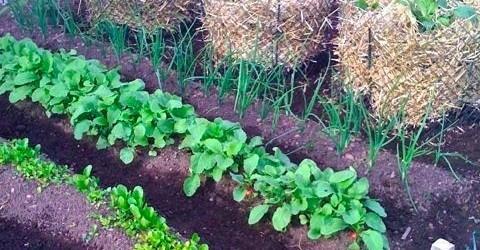
Its advantages include high yield (15-20 tubers in one bush), not dependent on the vagaries of the weather, resistance to potato nematode and cancer, late blight and scab.
The tubers are smooth, oblong-oval, weighing up to 150 grams. The middle of the tuber is yellow, the eyes are small. Medium-sized bush, erect, spreading with red-violet flowers.
This potato has excellent taste and is slightly overcooked, since it contains only 12-16% starch. Also it keeps for a long time and is perfectly transportable.It does not reduce the yield for 4-5 years, which means that this is how long it is possible not to renew the seed fund. Can be grown in different climatic conditions.
Gardeners' experience in increasing the yield of Rosary
Since the variety has been brought to us for several years, it is productively used by farms in Ukraine, Russia, Belarus and Kazakhstan. I became interested in hearing feedback from private owners about it, so I wanted to share their experience in increasing the yield.
According to reviews, 12-15 tubers are usually taken from a bush. But there is evidence of an increase in yield up to 25 tubers. This is a straw growing experience. The same result was obtained with no-till ridge planting with the addition of sawdust and straw. Both methods are somewhat similar, but let's focus on the latter.
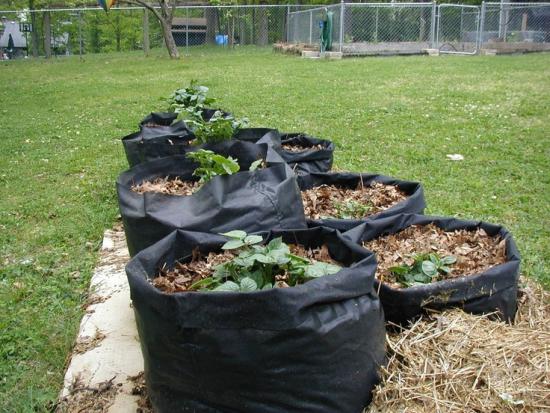
Here, autumn cutting of ridges with a height of 25 cm, with an interridge distance of about 80 cm is used. In the spring, after warming up the soil, it is laid into the interridge depressions. organic litter and Rosara disembarks. With this method, tubers can be planted on the 20th of April directly on the litter. Early planting allows you to make maximum use of winter-spring moisture reserves, strengthens the roots, and promotes the formation of good, powerful tops, which will be good protection from the sun in summer. In the summer, during hilling, ridges are formed between the rows, and next year they will change places. The main thing is to try to make the rows as even and straight as possible.
To obtain an increase in yield, the composition of the litter plays a significant role. It is prepared from dry chopped grass, rotted sawdust with the addition of ash accumulated over the winter. A bedding of half-rotted straw also gives an increase in yield.Organic litter serves a dual role: decomposing organic matter provides nutrition and also warms the shoots during low spring temperatures.
It is necessary to carefully monitor the seedlings. To prevent them from being caught by frost, on May 5-10 they are sprinkled with a layer of earth about 5 cm. The second powder is also made with a hoe in early June. The second time, it is better to use dry humus or mature compost for dusting. Then the tops themselves will throw it off, and, rising, mix it with the ground.
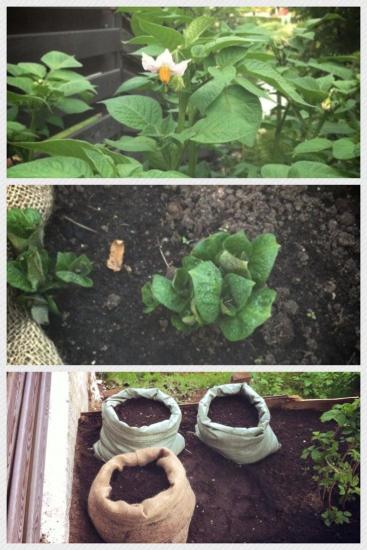
Further caring for Rosara is no different from the generally accepted one, only when digging, the ridges are not leveled. After harvesting the potatoes, the depressions between the ridges are cleared and legumes are sown there. For example, peas have time to produce a harvest from August to September. You can also sow radishes, because this is a “short-day” crop; it will grow back beautifully by the end of September. You can also sow any annual crops, you just need to make sure that they do not have time to become seeded. Then all the green biomass for the bedding will grow right at the planting site and you will not need to drag it from place to place. You just have to add sawdust and ash in the spring.
Reviews from gardeners
- Since Rosara potatoes ripen by August, some complain that there is not enough time for harvesting and reduce the volume of planting in favor of mid-season varieties.
- Rosara is less suitable for boiling than for frying.
- A larger yield was obtained when planting tubers from 50 g.
- Productivity is consistently high.
- Excellent keeping quality.
We can safely draw conclusions that the Rosara variety has shown excellent results not only on farmland, but also on amateur farms. Purposeful owners are increasingly coming up with interesting agricultural techniques and get an increase in yield.Which variety and agricultural methods will you choose?



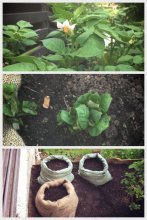

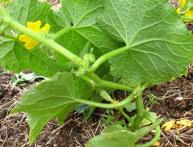

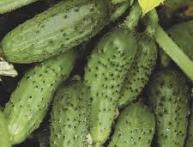
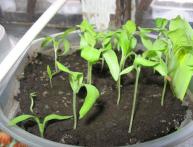
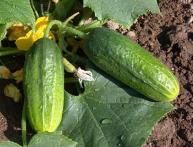

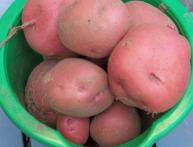
Comments
It was the first time I read about this type of potato, and it interested me. My family and I grow Cosmos potatoes. In the first year there was a lot of harvest, but now it wants better. Maybe the fact is that we didn’t buy seed potatoes, but planted what was left? Now it’s time for planting and we are faced with the choice of which variety to plant. We will definitely plant several varieties so that we can compare which one is better.
I have had this variety for five years now. And beautiful, and light, and tasty. We plant in the usual way, and now we want to try planting in ridges.
But it’s problematic to cook it - so I adapted to cook it in a double boiler. It turns out great! Immediately cut into pieces that you are going to place on plates - and after 10-15 minutes. a wonderful side dish is ready. If you don't have a double boiler, an excellent substitute is a saucepan and a colander, with a saucepan lid on top. First bring the water in the pan to a boil, and then put the colander with the potatoes. It will turn out even better than in a double boiler.